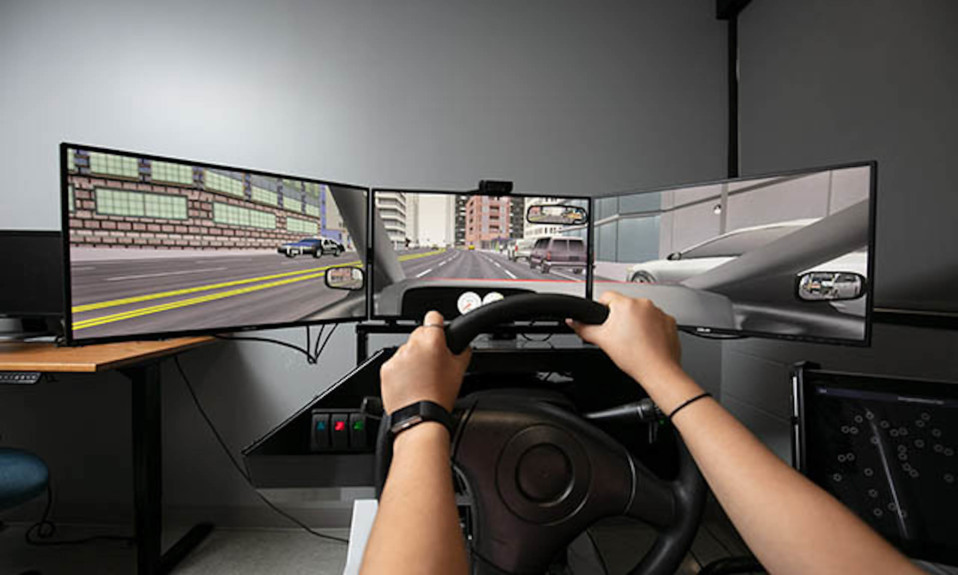A new study shows how weed impairs both driving and users’ judgment about driving. Plus, more evidence on the efficacy of non-opioid pain relief
By Mark Mravic
Concerns about marijuana use and driving extend beyond just weed’s effect on performance behind the wheel. Researchers at UC San Diego found that marijuana significantly distorts users’ sense of their own impairment—making them think they’re OK to drive hours before it’s actually safe for them to do so. We also look at recent studies that support the continued move away from opioids for pain management in a variety of standard surgeries.
From JAMA Network:
Marijuana Falsely Inflates Driving Confidence
As the mainstreaming of marijuana proceeds, the caveats continue to grow. The latest involves how weed affects driving—not just by impairing ability, but by distorting pot users’ beliefs about when it’s safe for them to drive.
In a two-year randomized trial, researchers at the University of California San Diego recruited 191 regular cannabis users and studied how smoking a joint as they would “do at home to get high” affected the subjects’ performance on a driving simulator, measured at 30-minute intervals after consumption. Compared to a placebo group, the pot-smokers not surprisingly displayed significantly diminished skills, the sharpest differences coming through 90 minutes. The performance gap gradually narrowed to borderline level at 3½ hours; no difference with the placebo group was recorded at 4½ hours.
Importantly, at 30 minutes, subjects in the smoking group predominantly knew they were impaired and were hesitant to drive, but by the 90-minute mark a significant number believed the impairment was wearing off, contrary to their performances. Said Thomas Marcotte, PhD, senior author of the study, “This may indicate a false sense of safety, and these first few hours may constitute a period of greatest risk, since users are self-evaluating whether it is safe to drive.”
From Plastic and Reconstructive Surgery:
OTCs vs. Opioids
At the height of the opioid boom, doctors were prescribing Vicodin, Percocet, OxyContin and other powerful opioids to patients not just for severe and long-lasting pain, but after all kinds of common surgeries and injuries. A growing body of evidence suggests that in many cases that’s overkill—like going after a housefly with a flamethrower.
For instance, a recent study involving patients in Canada and the U.S. undergoing carpal tunnel surgery found no significant difference in pain between those prescribed opioids and those given over-the-counter (OTC) medications after the operation. In a double-blind study, 367 people who had the surgery were randomly assigned hydrocodone/acetaminophen (opioid) or ibuprofen/acetaminophen (OTC) for pain control. The researchers found no difference between the two modalities as measured by self-reported pain scores, number of doses taken or the patients’ satisfaction with the treatment. Indeed, to the surprise of the authors, the largest difference between the two groups came on the day of surgery, when the opioid group reported more pain than the OTC group. “Not only were [over-the-counter medicines] not inferior,” said Joy MacDermid, MD, of Western University in London, Ont., a co-author of the study. “Patients taking the opioids actually had a little bit worse pain score on the first night after surgery. This makes us even more confident that the over-the-counter pain relief medication was not inferior.”
Noting the concerns regarding prescribing opioids—not just that some 5% to 10% of opioid-naïve patients become persistent users, but that prescribed opioids can be diverted for misuse, MacDermid said, “Patients rely on their surgeon to tell them what kind of pain medication they need after surgery. Now surgeons can say, ‘We have a large clinical trial that shows that your pain relief is going to be good with over-the-counter medication.’”
From the Mayo Clinic:
OTCs for Sports Surgeries

Two recent studies from the Mayo Clinic involving common sports injuries also support the use of non-opioid pain management after surgery. The first involved 62 patients undergoing anterior cruciate ligament (ACL) reconstruction, and the second looked at 40 patients undergoing surgery to repair a torn rotator cuff. In each, patients were given a nerve block before surgery and afterward were prescribed either opioid pain relief (hydrocodone/acetaminophen) or a multimodal regimen of non-opioid pain relievers, non-steroid anti-inflammatories and muscle relaxants. As with the carpal tunnel study, researchers found equivalent—or better—pain control with the non-opioid regimen, as measured by patients’ subjective reports. The side effects among the two groups were similar and manageable.
“I think this is really game-changing research,” said the Mayo Clinic’s Kelechi Okoroha, MD, the senior author of both studies. “We’ve found that [a non-opioid regimen] is effective in the … most common sports surgeries. So our plan is to implement it in other surgeries and hopefully decrease the opioid burden worldwide.”














